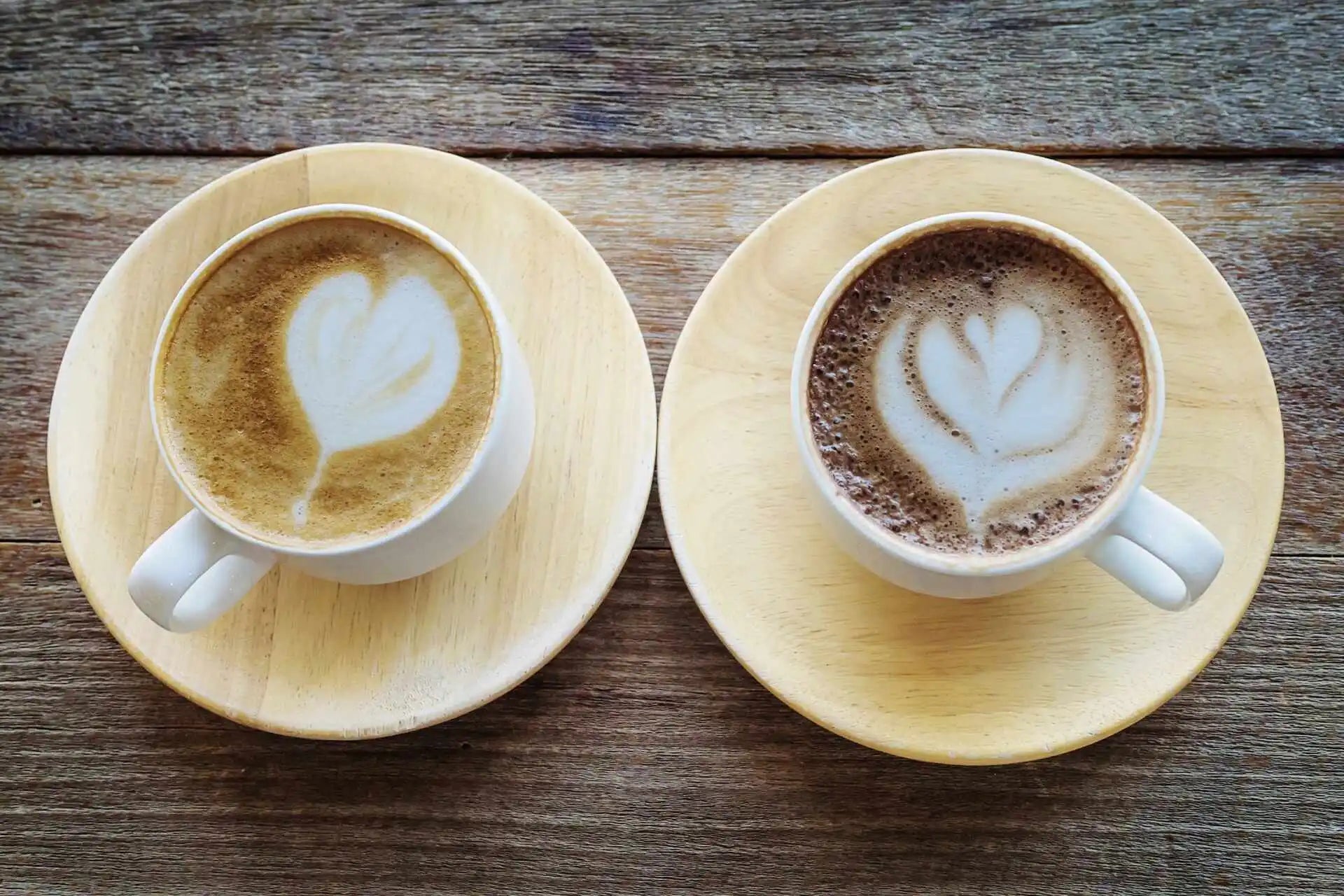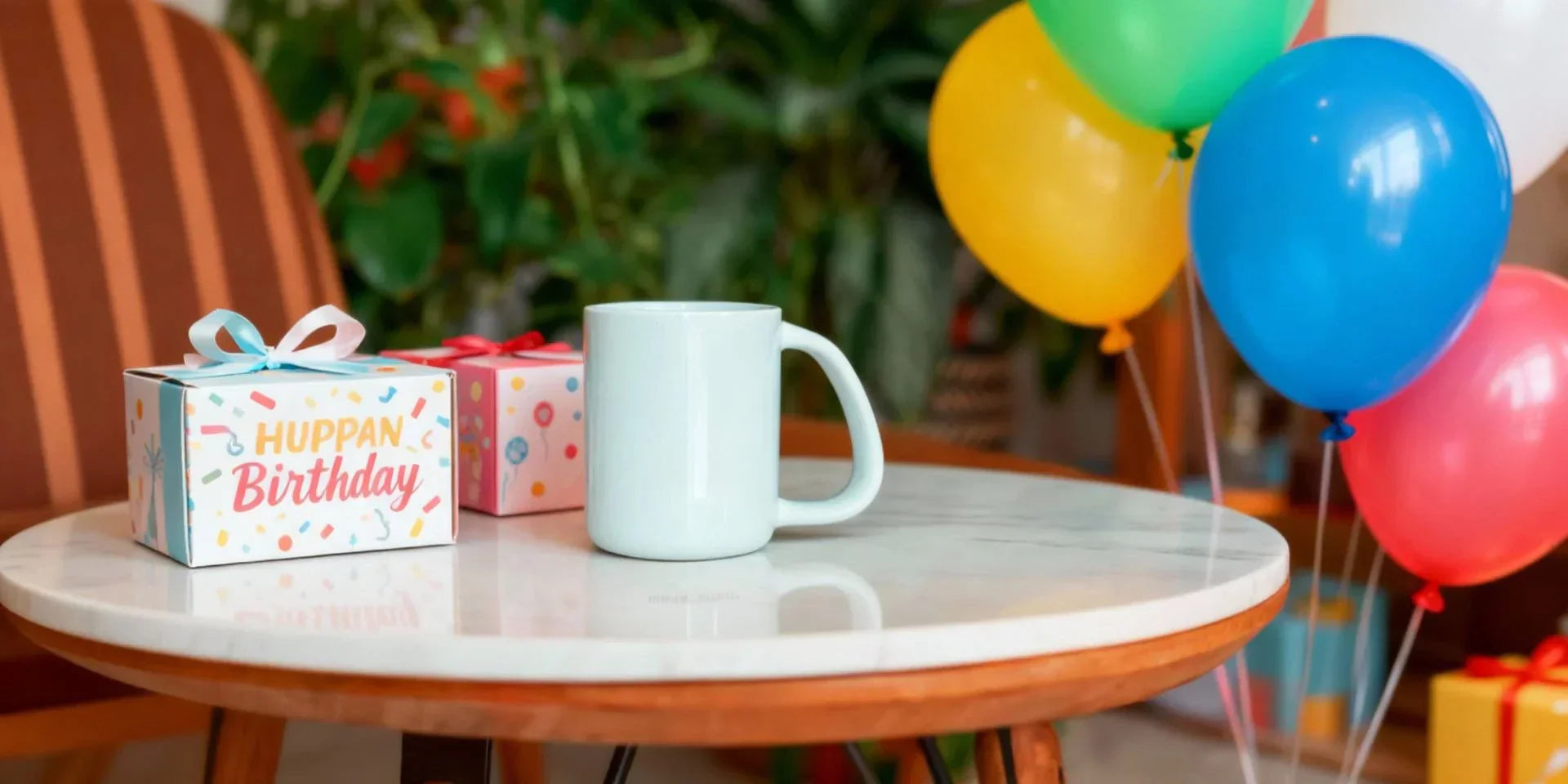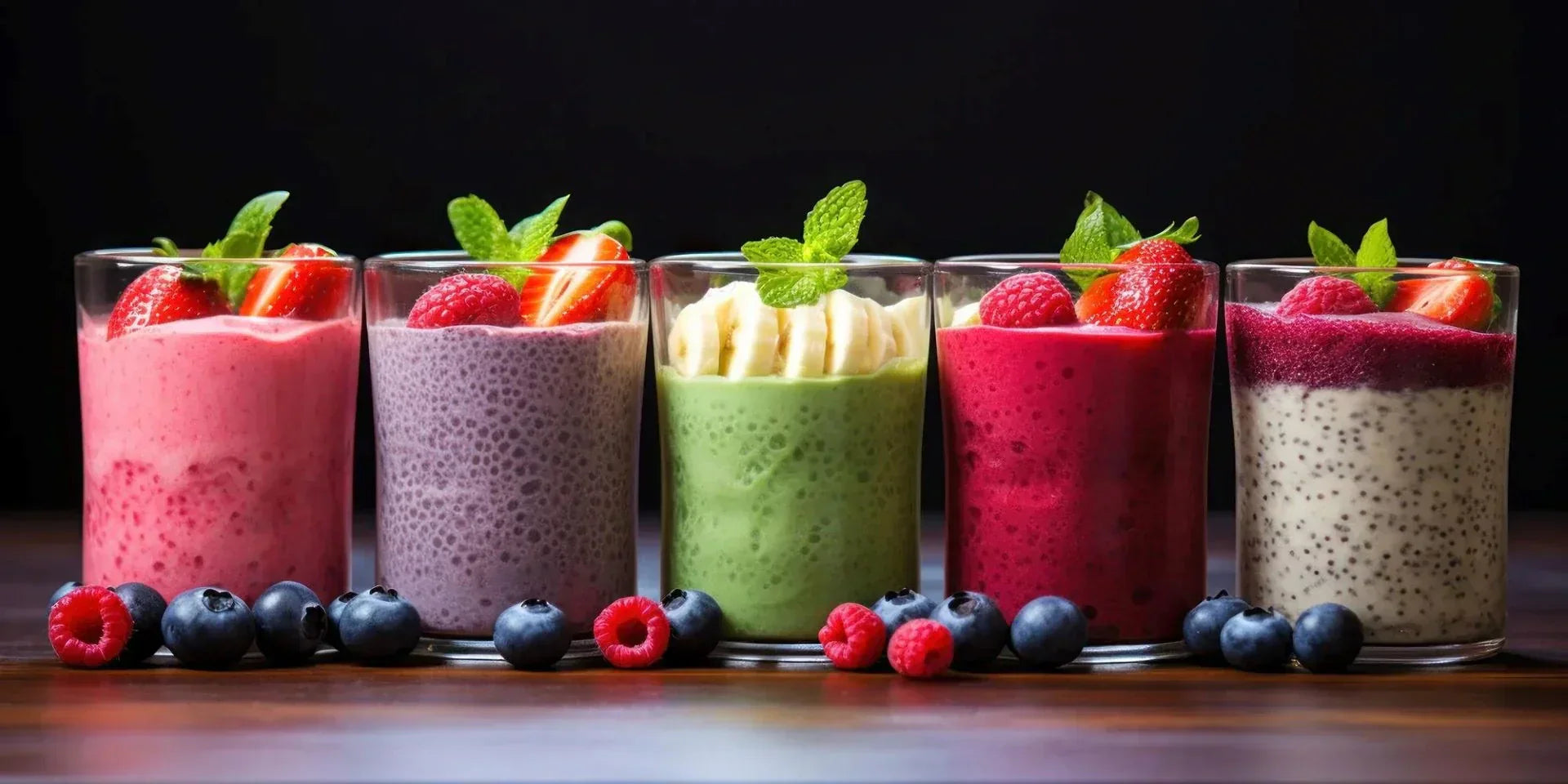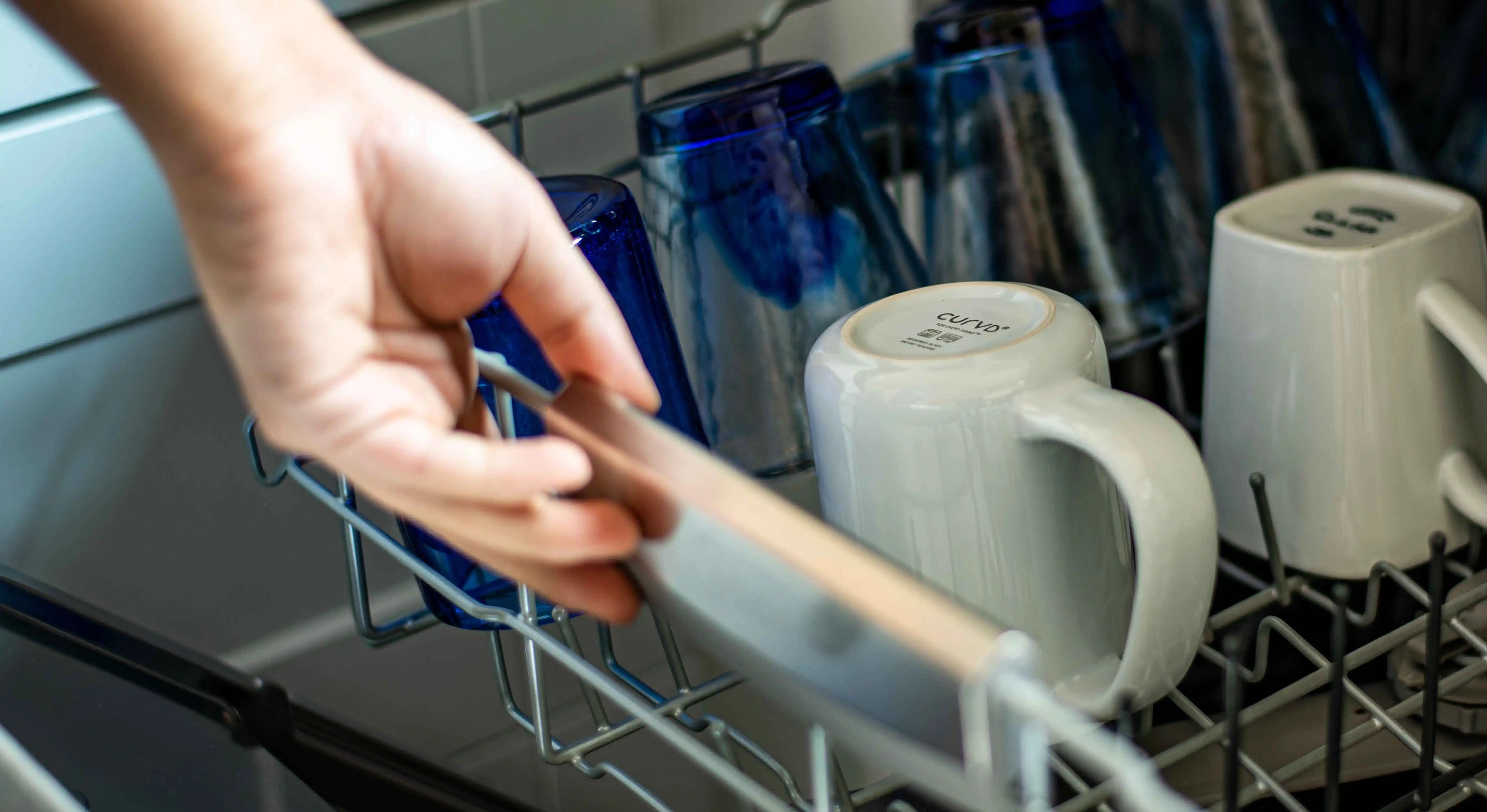Ceramic mugs are a timeless staple in every kitchen, but not all ceramics are created equal. One of the most defining differences in ceramic quality and performance comes down to how they’re fired: high‑fired vs low‑fired.
Understanding the distinction between the two can help you choose the right mug for your daily coffee, your microwave-baked mug cakes, or your next favorite gift. In this article, we break down how each firing method impacts durability, food safety, aesthetics, and ultimately, your experience.
What Are High‑Fired and Low‑Fired Ceramics?
Low‑Fired Ceramics (Earthenware)
Low‑fired ceramics are typically fired at temperatures between 700°C and 1150°C. This category includes earthenware, a porous and more delicate material that is common in handmade pottery. Low-firing allows for bright, vivid glazes and a wide range of artistic expression.
However, these mugs often remain porous even after glazing, making them more susceptible to absorbing moisture or odors. They also tend to chip more easily if dropped or stacked roughly.
High‑Fired Ceramics (Stoneware and Porcelain)
High-fired ceramics are fired at temperatures between 1200°C and 1400°C, which leads to vitrification, a process that makes the ceramic body almost completely non-porous. This category includes stoneware and porcelain, both known for their strength and durability.
These mugs don’t absorb water, resist stains, and retain heat better, making them an ideal everyday choice. High-fired mugs are the standard at CURVD because they meet our chemical-free, ergonomic, and sustainable design values.
Key Physical Differences – Temperature, Porosity & Strength
The differences go beyond just heat. Here’s how the firing method impacts the mug in your hand:
-
Firing Temperature:
Low-fired ceramics are fired at a lower “cone” setting (Cone 06–04), while high-fired pieces reach Cone 6–10, critical for vitrification. -
Porosity:
Low-fired mugs can have porosity levels up to 10%, which may allow liquid seepage or bacteria growth if not properly glazed. In contrast, high-fired ceramics achieve porosity rates of 0.5% or less, making them far more resistant to moisture, staining, and odors. -
Strength:
High-fired mugs are significantly stronger due to molecular densification, making them more chip-resistant. That’s why CURVD mugs are perfect for everyday use, even in fast-paced environments like offices.
Which Mug Is Best for You?
Food Safety & Liquid Use
Because of their porous nature, low-fired mugs require a well-applied glaze to be food-safe. Even then, prolonged use and repeated heating can degrade that glaze, especially in the dishwasher or microwave.
High-fired mugs, by contrast, are naturally food-safe even before glazing. They’re the safer option for daily drinkware, especially when you want to reheat your beverage or use it for recipes like a vegan mug cake or microwave-safe meal.
Aesthetic Appeal
Low-fired ceramics shine when it comes to decorative design. Their surface is better for bright, complex glazes, great for statement pieces or artisanal collections.
High-fired mugs tend to have subtle, sophisticated glazes in earth tones or minimalist palettes. At CURVD, we embrace this aesthetic to complement modern, calming environments while delivering long-term performance.
Advantages & Drawbacks Compared
| Feature | Low‑Fired Mugs | High‑Fired Mugs |
|---|---|---|
| Firing Temp | 700°C–1150°C | 1200°C–1400°C |
| Porosity | Up to 10% | 0.5% or less |
| Durability | Can chip, prone to staining | High durability, long lifespan |
| Food Safety | Needs an intact glaze to be food-safe | Naturally food-safe |
| Aesthetic Range | Vivid, complex glaze options | Sleek, minimal, matte finishes |
| Environmental Impact | Less energy, less durable | Higher energy, but longer lifecycle |
Why CURVD Mugs Favor High‑Fired Production
CURVD uses high-fired ceramic stoneware for every mug in our collection. Why? Because quality matters. We want your mug to be safe, durable, and stylish, not just for a season, but for years.
Our non-toxic glazes, ergonomic handle design, and heat-retaining mug body are all made possible by high-firing. That’s what lets you confidently toss your CURVD mug into the dishwasher, reheat your coffee in the microwave, or use it in your daily rituals.
How to Choose and Care for Your Ceramic Mug
When choosing between a high-fired and low-fired ceramic mug, consider the following:
-
Verify food safety if it’s handmade or labeled as earthenware
-
Test for porosity by placing a bit of water on the unglazed bottom; if it absorbs, it's porous
-
Check for microwave and dishwasher safety
-
Use gently with metal utensils to avoid glaze scratching
-
Avoid thermal shock (from freezer to microwave)
CURVD mugs are designed to withstand these everyday stresses, so you don’t have to worry.
FAQs About High‑ vs Low‑Fired Ceramic Mugs
Q: Can I use a low-fired mug for hot liquids?
Only if it’s properly glazed and labeled as food-safe. Even then, it's best for occasional rather than daily use.
Q: Do high-fired mugs keep drinks hotter longer?
Yes! Their density improves heat retention, making your coffee or tea stay warm for longer.
Q: Is low-fired more eco-friendly?
Firing at lower temperatures uses less energy, but low-fired ceramics often don’t last as long. CURVD believes in longevity as a pillar of sustainability.
High‑Fired for Functionality, Low‑Fired for Art
If you’re choosing a mug for daily rituals, coffee reheatability, food safety, and long-term durability, high‑fired ceramic mugs are the clear winner. They offer better heat retention, fewer health risks, and lasting beauty.
CURVD mugs embrace all the benefits of high-firing, offering you a blend of form, function, and future-ready design. Shop CURVD!










